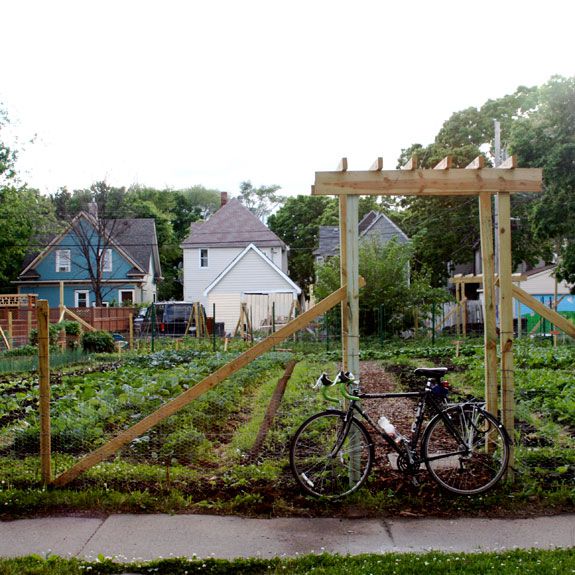The Twin Cities of Minneapolis and St. Paul are experiencing a flourishing urban agriculture movement. Once dominated by sprawling suburbs and traditional, large-scale farms, the metro area is witnessing a surge in local food production nestled within its urban fabric. This article delves into the rise of urban farming in the Twin Cities, exploring its driving forces, diverse practices, and the impact it has on the community.
Seeds of Change: Drivers of Urban Farming
Several factors contribute to the rise of urban agriculture in the Twin Cities. Growing awareness about food security and sustainability fuels the desire for local, healthy produce. Consumers are increasingly concerned about the environmental impact of long-distance food transportation and the health implications of industrial farming practices. Urban farming offers a solution, reducing the carbon footprint of food production and providing fresh, local food sources for residents.
Another driver is the increasing access to underutilized urban spaces. Vacant lots, rooftops, and underutilized public areas are being transformed into productive gardens thanks to city initiatives and community organizations. This transformation revitalizes neighborhoods, fosters a sense of community, and contributes to greener cities.
The entrepreneurial spirit of the Twin Cities plays a crucial role as well. Small businesses are emerging, offering innovative solutions like vertical farming and hydroponics to grow food in limited spaces. These businesses cater to restaurants, grocery stores, and individual consumers, creating a robust local food system.
Blossoming Techniques: Diverse Practices in Urban Farming
Urban farming encompasses a diverse range of practices, each with its own advantages and challenges.
- Community gardens: These collaborative spaces allow residents to grow food for themselves and their families, fostering social connections and promoting healthy lifestyles. Organizations like Homegrown Minneapolis and Urban Roots play a significant role in establishing and maintaining community gardens.
- Market gardens: These commercially operated farms directly sell their produce to restaurants, grocery stores, and farmers markets. Appetite for Change is an example, utilizing regenerative and sustainable practices while involving youth in the process.
- Backyard gardens: Individuals and families are increasingly transforming their yards into productive permaculture gardens, promoting self-sufficiency and reducing reliance on traditional food sources.
- Vertical farming: This innovative practice utilizes stacked structures to maximize vertical space, allowing for year-round production in controlled environments. Companies like Vertical Greens exemplify this approach, growing fresh produce within the city limits.
- Hydroponics: This technique involves growing plants without soil, utilizing nutrient-rich water solutions. This method is particularly well-suited for urban environments and allows for efficient water usage.
Harvesting Benefits: The Impact of Urban Farming
The rise of urban farming in the Twin Cities brings a multitude of benefits to the community:
- Increased access to healthy food: Urban farms provide residents, particularly those in food deserts, with access to fresh, local produce that would otherwise be unavailable or unaffordable. This contributes to improved dietary habits and overall health.
- Economic development: Urban farming creates jobs, stimulates local businesses, and strengthens local food systems. This economic development generates revenue for the city and provides livelihood opportunities for residents.
- Environmental benefits: Urban farms contribute to reduced greenhouse gas emissions by minimizing transportation distances for food products. They can also help filter pollutants, improve air quality, and mitigate the urban heat island effect.
- Community building: Urban farming fosters a sense of community by creating shared spaces for people to connect, learn, and collaborate. It provides opportunities for education, skill-building, and social interaction, strengthening the social fabric of the city.
Challenges and Considerations
As with any new development, urban farming faces its own set of challenges. Access to land, water, and resources can be limited, particularly for community gardens in low-income areas. Zoning regulations, permitting processes, and potential conflicts with existing land uses can also pose obstacles. Additionally, ensuring the long-term sustainability of urban farms requires careful planning, community involvement, and access to financial resources.
Looking Forward: The Future of Urban Farming
The future of urban farming in the Twin Cities appears bright. With continued support from government agencies, community organizations, and individual citizens, this movement is poised to play an increasingly significant role in the region’s food system, environment, and community well-being.
As the Twin Cities continue to embrace urban agriculture, we can expect to see further innovation, expansion, and collaborative efforts to ensure that everyone has access to fresh, healthy, and locally grown food. The future of food in the Twin Cities is likely to involve a vibrant tapestry of traditional agriculture, suburban farms, and thriving urban farming practices, contributing to a more sustainable, resilient, and equitable food system for all. By fostering a culture of collaboration and innovation, the Twin Cities can serve as a model for other urban centers seeking to build a more sustainable and connected future through the power of urban agriculture.






